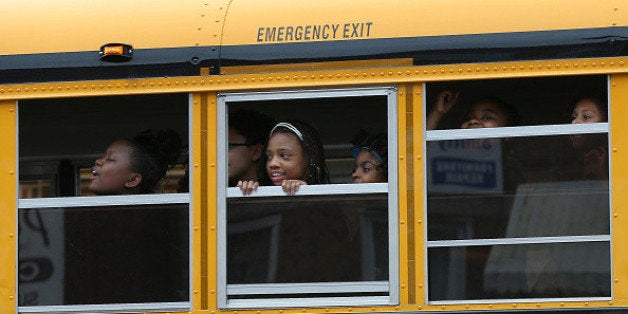
Sixty years after the civil rights movement, it is clear that outlawing explicit racial discrimination has not closed most racial divides in our country. Terrible disparities continue in almost every arena of life. In most race conversations, two possible reasons for those disparities emerge. In the first, there's an obvious racist acting on a deep aversion to people of color. If such a villain doesn't exist, or is strategically hidden because everybody knows not to use a racial slur, it can be tempting to think that the problem is some shortcoming among people of color themselves.
But there's another explanation. The last two decades of neuroscience have revealed the existence of implicit bias, an unconscious form that determines our behavior, even without instruction to discrimination. Such bias stems from the human brain's efficiency and its programmed need to determine in a flash who is in our group (safe) and who is not (dangerous). Stereotypes about people according to color permeate television, movies and the evening news. These stereotypes drive our actions, even when we think we don't hold them.
Well-intentioned people can do terrible racial harm. In a matched pair study of applicants for restaurant jobs, the Restaurant Opportunities Centers United showed that a white applicant with an unintelligible accent was often preferred over a candidate of color with a less complex accent. Studies of assignments in department stores have revealed that dark-skinned women get the less desirable floors and shifts. In one recent study, researchers found that doctors prescribed less effective pain medication to black children than to white children. There may be some straightforward racists making these decisions, but most decision makers in these situations are well-meaning people who were raised to be "colorblind," as though the human brain was capable of such a thing. (It's not.)
Expanding our definition of racism to recognize this unconscious form means that we have to change the question we're asking from "who's the racist?" to "what is causing racial inequity?" To make that shift, impact has to trump intention when it comes to determining the presence and role of racial bias.
Focusing on impact and systems is just as hard -- and sometimes harder -- than identifying the intentional racist because this expanded definition of bias implicates all of us. But momentum is growing in this direction. Increasingly, communities and governments (Seattle; Madison, Wis.; Minneapolis) are adopting a racial equity impact analysis. Before they make a decision or continue the status quo, these cities simply check how that rule, system or practice affects communities of color and the racial divide. If the impact is bad, they develop new options. In discipline decisions, for example, schools in Baltimore, Denver and Oakland, Calif. have reduced out-of-school suspensions dramatically by finding alternatives to traditional discipline methods. These schools no longer produce outcomes like black kids receiving much harsher punishment than white kids for the same infractions.
Rooting out intention to determine the presence of racism is so 20 century. Today, we have to focus on impact if we want to create real racial equity.
This blog post is part of a series produced by The Huffington Post and NationSwell, in conjunction with the latter's Summit of Service (Nov. 10th, New York City). NationSwell is a media company and membership community that supports American innovation and service. For more information about NationSwell, read here.